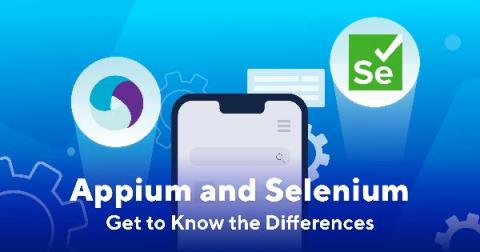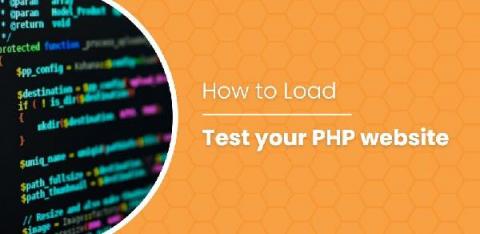Appium vs Selenium - Architecture, Functionality, Applications, and Everything in Between
It’s perhaps difficult to remember life before smartphones. Today, mobile phones have transformed dramatically to become the information and communication hub fundamental to modern life: from paying for your next meal to tracking your sleep habits. This explosion of the mobile industry puts testing professionals under pressure to keep up with speed without sacrificing their mobile apps’ quality.










